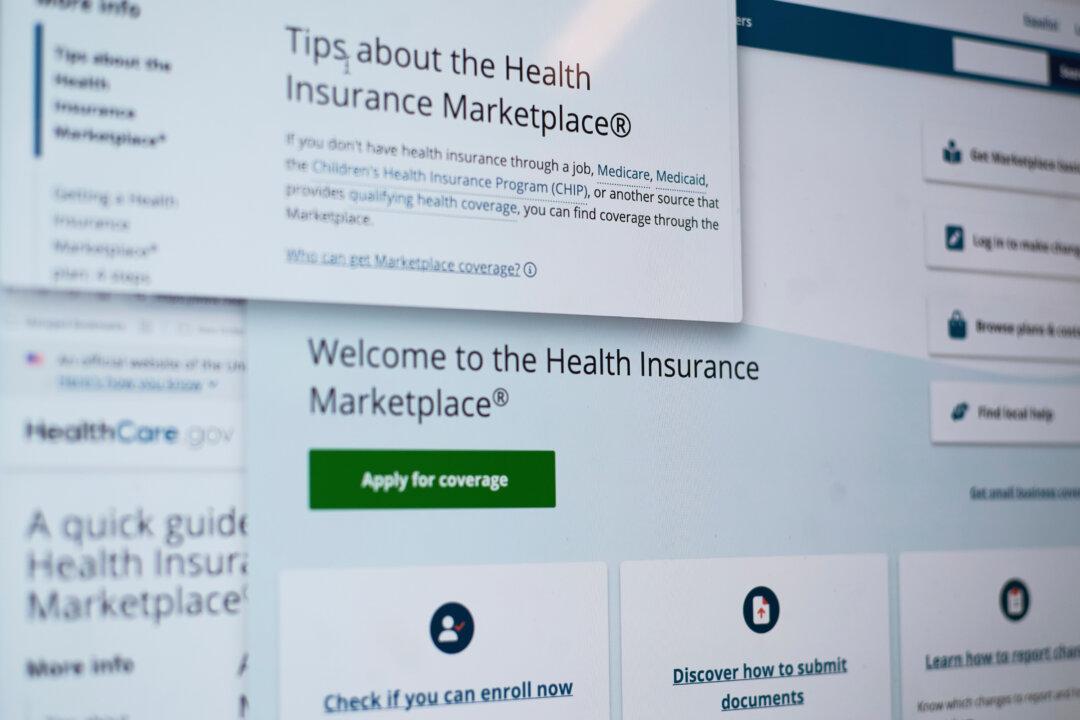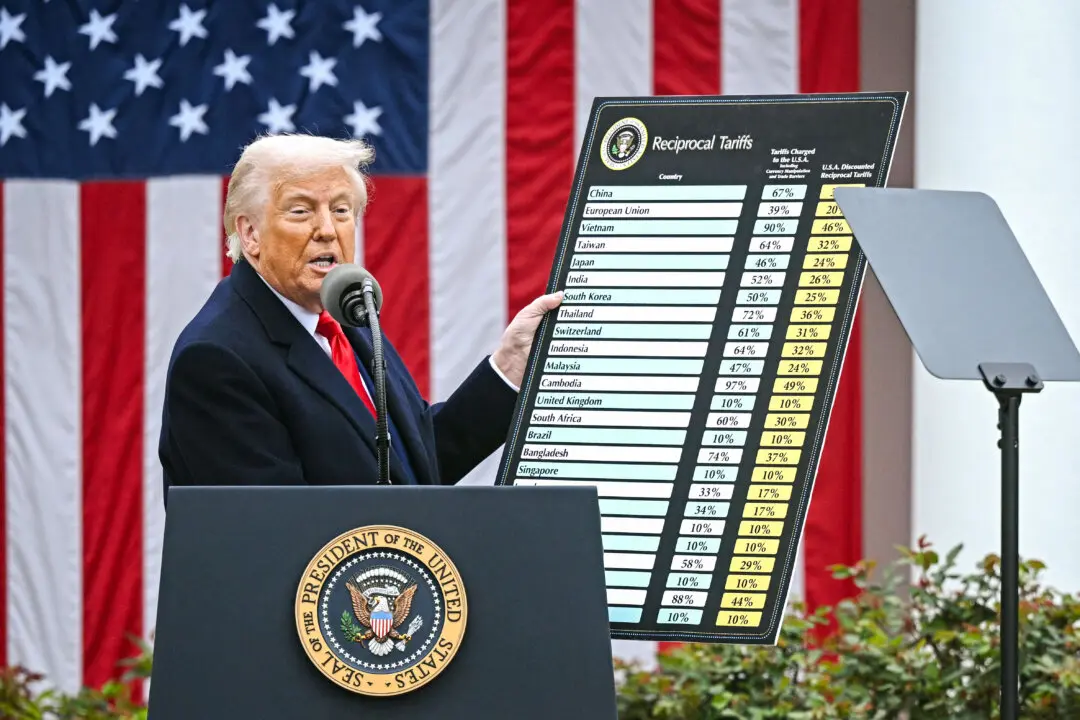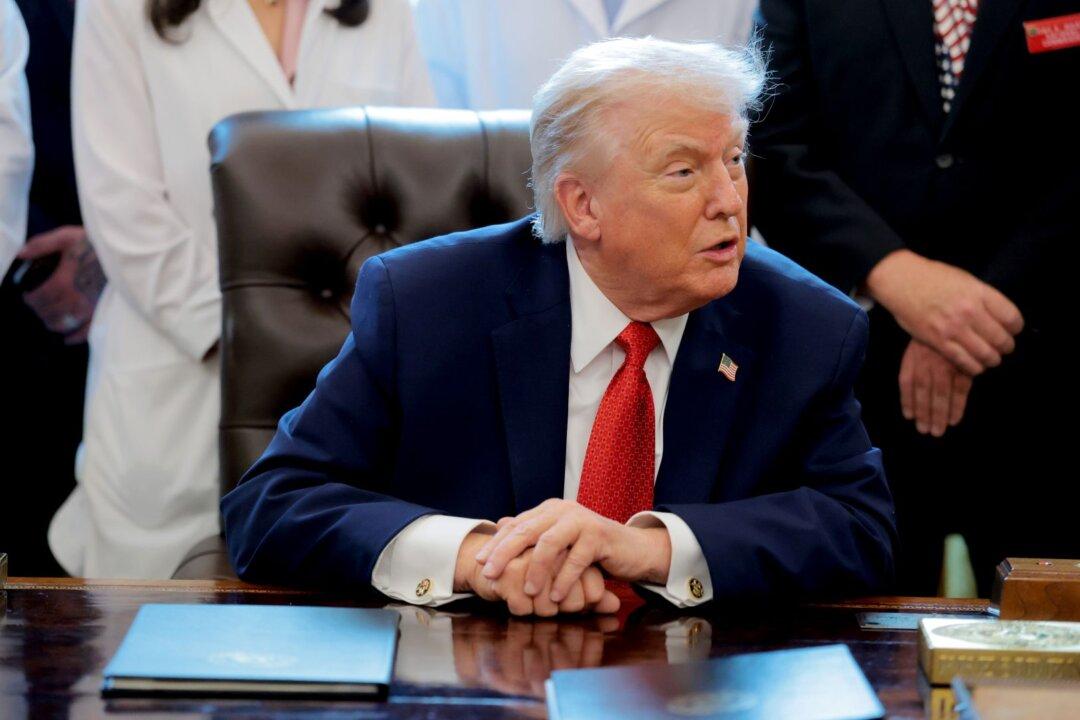Hillary Clinton issued a warning about the dangers of “fake news,” calling it a threat to democracy.
Speaking at a ceremony recognizing retiring Senate Minority Leader Harry Reid on Capitol Hill on Dec. 8, the former Democratic presidential candidate described an “epidemic of malicious fake news and false propaganda.”
“It’s now clear that so-called fake news can have real world consequences,” she said, adding that it is “a danger that must be addressed and addressed quickly.”
“It’s imperative that leaders in both the private sector and the public sector step up to protect our democracy and innocent lives.”
Clinton did not elaborate on what “fake news” actually entails.
Unpacking ‘Fake News’
Facebook Chief Operating Officer Sheryl Sandberg downplayed reports that “fake news” shared on Facebook played a role in swinging the election to Trump.
“There have been claims that it swayed the election, and we don’t think it swayed the election,'' Sandberg said on the ”Today“ show on Dec. 8. ”But we take that responsibility really seriously. And we’re looking at things, like working with third parties, helping to label false news, doing the things we can do to make it clearer what’s a hoax on Facebook.”
Recent reports have noted that fake news websites based in Macedonia have been pushing out deliberately fabricated news stories to generate traffic and make money. Usually, they would push pro-Donald Trump articles targeted at conservatives.





